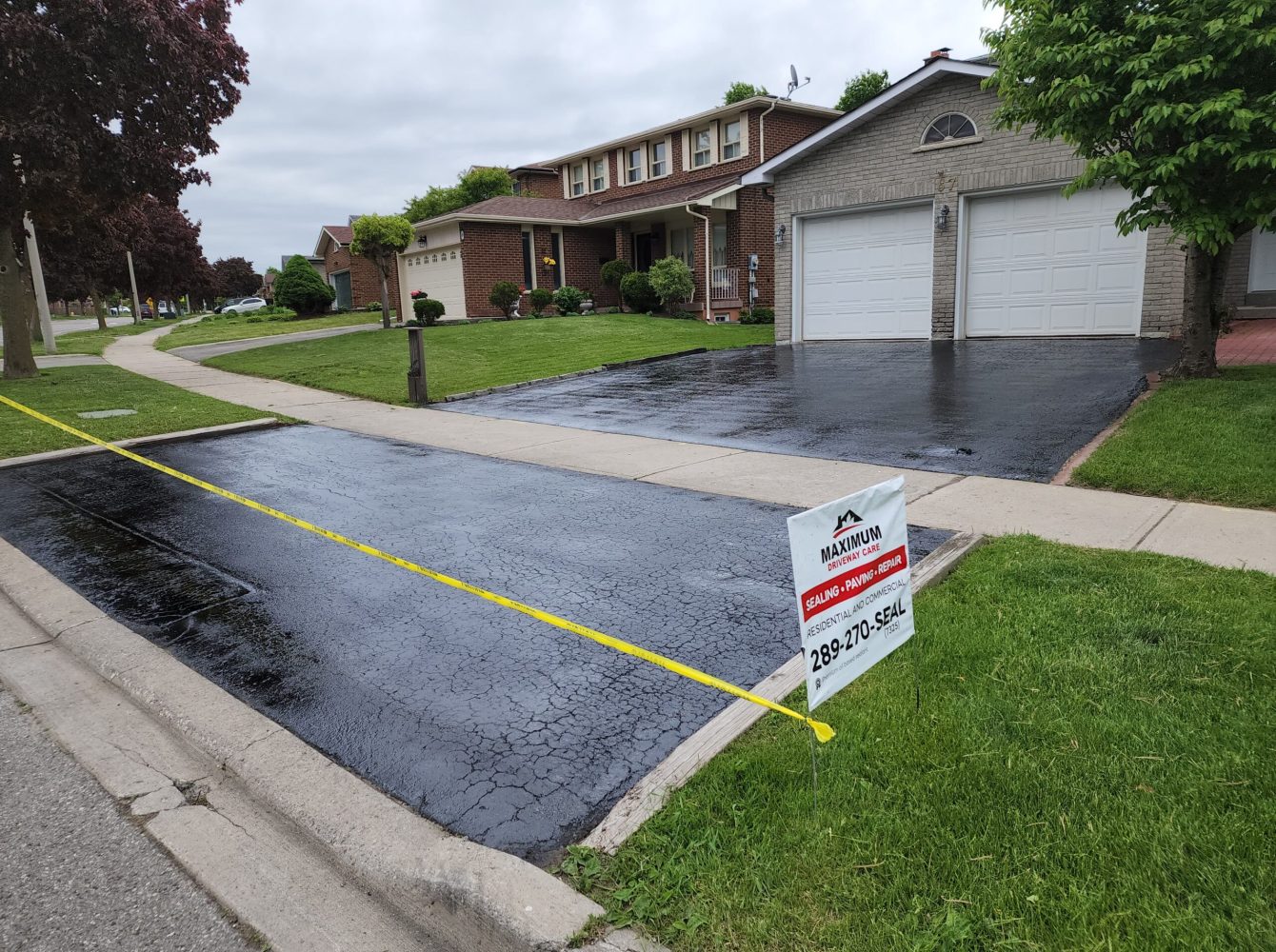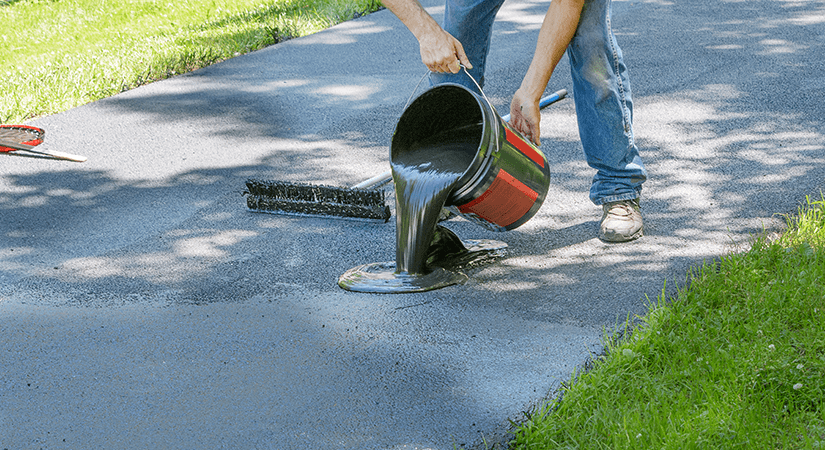Warm Mix Asphalt: A Lasting Service for Pavement
Hot Mix Asphalt (HMA) has emerged as a leading sustainable choice for sidewalk services, using a myriad of environmental benefits and cutting-edge modern technologies. Its ability to reuse materials and reduce energy intake provides an engaging instance for its adoption in road building tasks. The long-term performance and resilience of HMA make it a favored choice for facilities advancement. As the demand for green building and construction practices expands, exploring the nuances of HMA's sustainability can supply useful understandings into the future of pavement remedies.
Ecological Advantages of Warm Mix Asphalt

In Addition, Warm Mix Asphalt assists to minimize urban warm island effects. Its dark shade soaks up sunshine, minimizing the quantity of warm reflected back into the environment compared to lighter-colored sidewalks. This can lower ambient temperatures in urban locations, reducing the need for cooling and inevitably lowering energy usage.
Furthermore, Hot Mix Asphalt adds to enhanced stormwater monitoring. Its porous nature enables water to infiltrate the pavement and charge groundwater materials, decreasing overflow and the threat of flooding. These environmental benefits make Warm Mix Asphalt a sustainable selection for paving highways and roads.
Power Performance in HMA Manufacturing
Is power efficiency an important variable in the manufacturing of Warm Mix Asphalt (HMA)? Energy plays a significant role in the production of HMA, influencing both expense and ecological sustainability. One crucial facet of power efficiency in HMA manufacturing is the use of cozy mix asphalt (WMA) technologies.
Additionally, advancements in plant technologies have actually brought about even more energy-efficient HMA production procedures. Modern plants are developed with attributes like recycled asphalt sidewalk (RAP) handling capacities, effective burner systems, and improved insulation, all adding to energy savings. By enhancing power usage in HMA manufacturing, the sector can lower its carbon impact while maintaining high-quality sidewalk products. Power effectiveness is, as a result, a crucial factor to consider in guaranteeing the sustainability of Hot Mix Asphalt production.
Recyclability of Warm Mix Asphalt
The recyclability of Hot Mix Asphalt (HMA) is a pivotal element of its sustainability and long-term environmental influence. HMA is one of the most recycled materials in the United States, with over 100 million lots of reclaimed asphalt sidewalk (RAP) being reused annually in brand-new pavement building. Reusing HMA provides a number of ecological advantages, such as lowering the demand for virgin materials, reducing power consumption during production, and lowering the quantity of waste sent out to garbage dumps.
The procedure of recycling HMA entails crushing the existing sidewalk, squashing resource it into smaller pieces, and mixing it with brand-new aggregate and asphalt binder to create a recycled mix. On the whole, the recyclability of HMA plays a substantial function in advertising lasting practices within the pavement industry.

Long-Term Performance of HMA
Asphalt sidewalks demonstrate resilience and durability over an extensive duration, reflecting the long-term performance of Warm Mix Asphalt (HMA) The durability of HMA can be credited to its ability to withstand rush hour lots, rough climate condition, and the results of aging. Researches have actually revealed that well-designed and effectively constructed HMA sidewalks can last for two decades or even more with normal upkeep. The secret to maximizing the long-term efficiency of HMA hinges on making use of high-quality materials, complying with ideal practices in building, and applying reliable maintenance approaches. Proper drain, regular assessments, and prompt repair work are important for preserving the go to my blog structural stability of HMA pavements gradually. In addition, advancements in HMA innovation, such as making use of polymer-modified binders and cozy mix asphalt, have actually better enhanced the durability and durability of HMA pavements. By prioritizing quality construction and maintenance techniques, HMA continues to confirm itself as a affordable and sustainable service for durable pavement facilities.

HMA: Resilience and Sustainability
Showing both sturdiness and sustainability, Hot Mix Asphalt (HMA) has ended up being a cornerstone in the building and construction of long-lasting sidewalk infrastructures - commercial parking lot paving. HMA's durability comes from its capability to hold up against hefty tons, harsh climate problems, and high traffic volumes, making it a reliable choice for roadways, highways, and airport terminal runways. The make-up of HMA, which normally includes accumulations, binder, and filler, plays an essential function in improving its longevity and resistance to tear and use
Additionally, HMA's sustainability hinges on its recyclability and energy-efficient manufacturing process. The ability to reuse redeemed asphalt pavement (RAP) in brand-new HMA combinations lowers the need for virgin products and minimizes the environmental impact of sidewalk construction and maintenance. Additionally, the energy efficiency of creating HMA depends on its reduced mixing temperature levels compared to various other sidewalk materials, causing reduced power consumption and greenhouse gas exhausts.
Conclusion
In verdict, warm mix asphalt (HMA) offers a sustainable service for sidewalk with its environmentally pleasant features. HMA's recyclability, energy effectiveness Full Report in production, and long-term durability make it an environmentally friendly choice for road construction.
HMA is one of the most recycled materials in the United States, with over 100 million bunches of redeemed asphalt pavement (RAP) being reused yearly in new sidewalk building.The procedure of recycling HMA involves grating the existing pavement, crushing it right into smaller sized items, and blending it with brand-new aggregate and asphalt binder to create a recycled mix.Asphalt pavements show durability and strength over an extended period, reflecting the long-term performance of Warm Mix Asphalt (HMA) Additionally, developments in HMA innovation, such as the usage of polymer-modified binders and cozy mix asphalt, have even more enhanced the toughness and longevity of HMA sidewalks. The capacity to recycle reclaimed asphalt pavement (RAP) in new HMA blends reduces the need for virgin materials and lessens the ecological effect of sidewalk construction and upkeep.